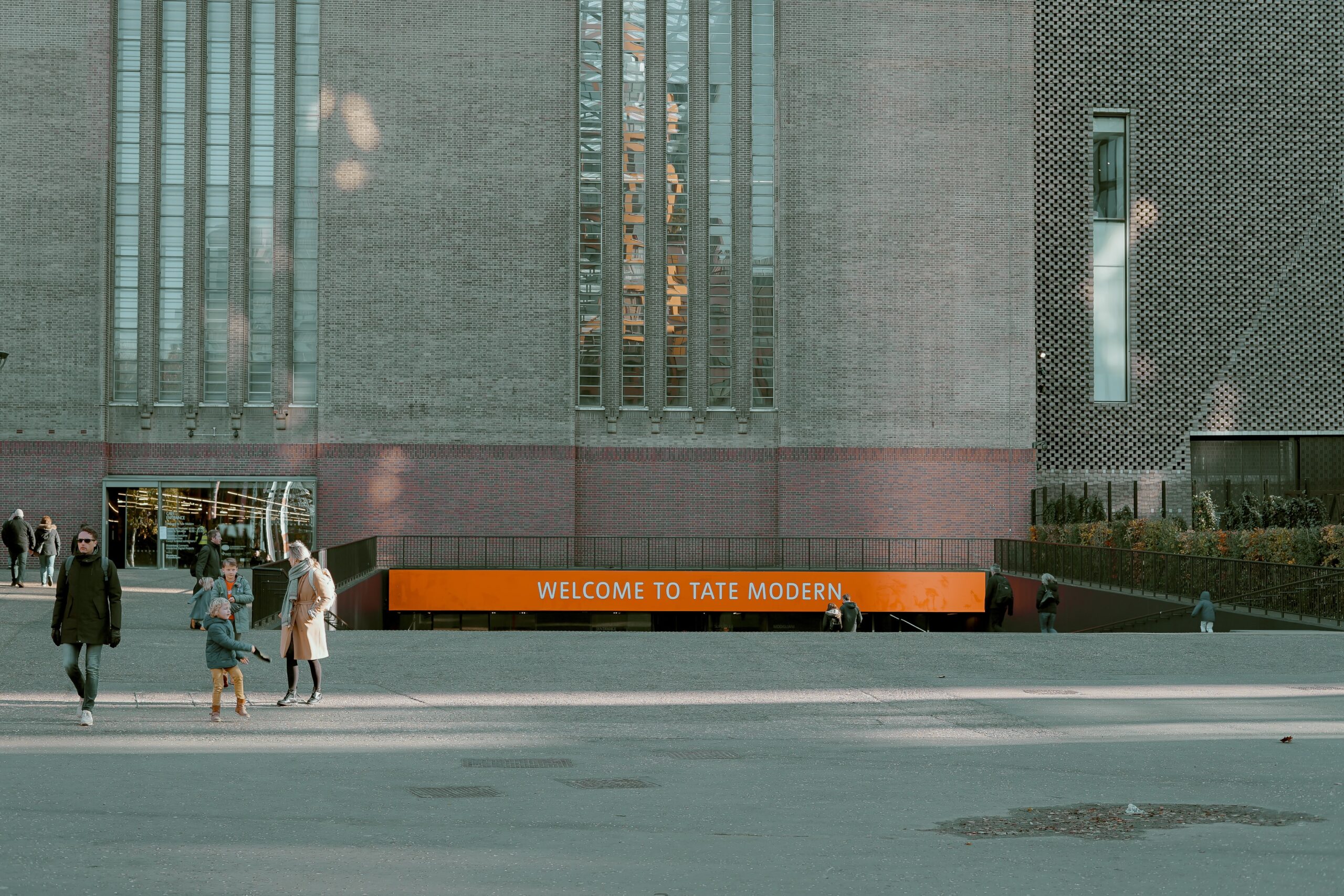The “human zoo” at the Tate Modern
9 Feb 2023

The Tate Modern is known for pushing the boundaries, but a number of local flat owners drew the line at their exposure following the opening of a gallery extension in 2016 called the Blavatnik Building. The extension, which is ten stories, hosts at its pinnacle a viewing platform with panoramic views of London.
The claimants in the case occupied a block of flats constructed with glass walls at the same height as the viewing platform. The result was that an observer standing on the platform could see directly into the claimants’ flats.
The trial judge found that many visitors to the viewing platform would show an interest in the claimants’ flats. Peering, photographing, waving and even the use of binoculars all took place. Pictures taken from the platform were shared on the web.
The claimants sought an injunction to require the Tate Modern to stop people viewing the flats (or an award of damages in the alternative). The claim was based on the common law of nuisance.
The Supreme Court (by a majority of 3 to 2) allowed the appeal.
The majority judgment reviewed some of the key principles of the tort of private nuisance. The fundamentals being that nuisance is:
- A use of land which wrongfully interferes with the ordinary use and enjoyment of neighbouring land;
- The wrongful interference must be substantial. The test of what is substantial is the standards that an ordinary individual would find to be substantial and
- Notwithstanding ii) even if there is a substantial interference, a defendant will still not have liability if all it is doing is making a common and ordinary use of its own land. If something is considered to be, an “ordinary use” is judged by the locality and character of the area.
The judgment set out that public utility is no answer to a claim of nuisance. It may be considered when deciding what remedy to grant, and may justify damages instead of an injunction. Nonetheless, it cannot be used as a reason to deny a victim any remedy.
The Supreme Court majority judgment held that the Court of Appeal had erred because the use of the viewing platform was not “mere overlooking” of the claimants’ flats. Rather, that the Tate Modern invites members of the public to a viewing platform from which they are able (and do) peer inside the claimants’ apartments. This continues nearly every day of the week.
The minority judgement held that it was possible for the claimants to take normal screening measures to limit the effect of visual intrusion. They held that by an objective standard of reasonableness the Tate Modern had not committed a nuisance.
It goes without saying that for most people the knee jerk reaction is “what do you expect living in a home with glass walls”. Nonetheless, the Supreme Court majority judgment found that even those who live in glass houses are entitled to a certain degree of privacy, notwithstanding the inherent exposure that comes with these sort of construction decisions. The remedy has been remitted back to the trial judge to determine.
There is a possibility that the Tate Modern may be forced to alter the viewing platform so as to obscure the Claimants’ flats from view. However, the question of public utility (mentioned above) means a remedy of damages is more likely. Whatever the remedy, it will be at the Tate Modern’s expense. The case is a stark reminder that even in the social media age, where everything from our relationship status to what we are eating for breakfast finds its way onto a YouTube video or an Instagram post, when it comes to privacy of the home, the old proverb still rings true that “an Englishman’s home is his castle”. Even if said castle is built with walls of glass!